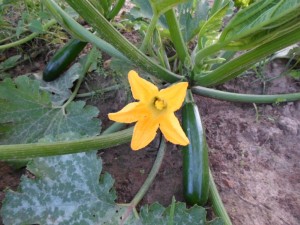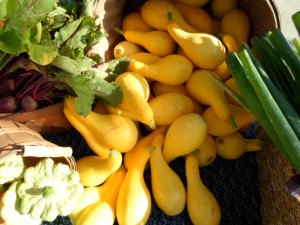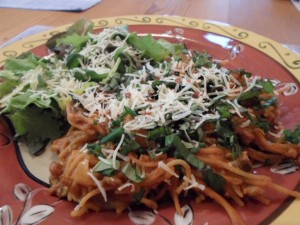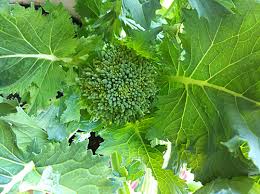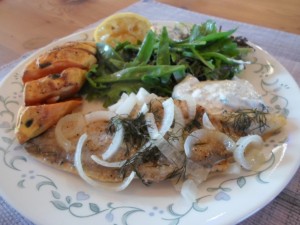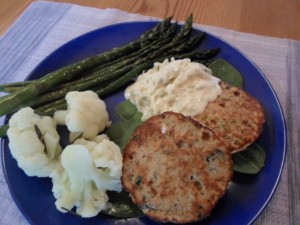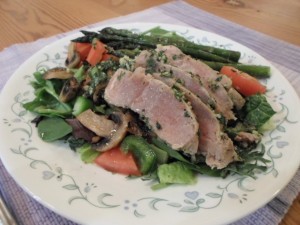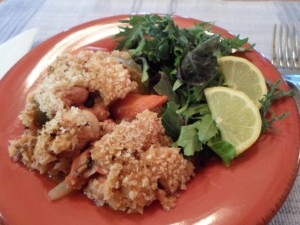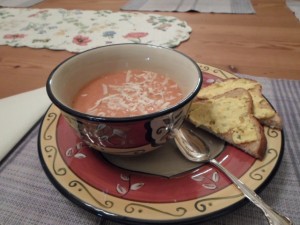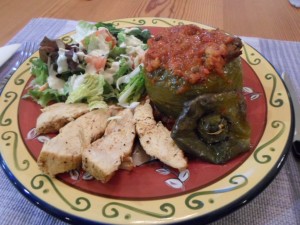I didn’t sell at the farmers’ market last weekend because my 5-year-old nieces came to visit. We visited the garden daily and picked whatever was ready. We shelled the last of the English peas and we made butter from cream we purchased locally.
For dinner we had peas and squash with the homemade butter. There’s still a lot of squash so I’ll pickle some. Carrots and cauliflower may also be added to this recipe and it is great served with fish.
Sweet and Spicy Pickled Squash
3 lbs. squash (yellow and zucchini), sliced
2 cups onions, sliced
Pickling salt, for sprinkling (about 1⁄2 cup)
6 cups water
3 cups white vinegar
1 1⁄2 cup apple cider vinegar
3 cups sugar
2 Tbsp. mustard seeds
1⁄2 tsp. turmeric
4 cloves
1 large head garlic, skinned and roughly chopped
1 cup hot peppers (I use jalapenos that have turned red), sliced
Layer squash and onion in a large glass bowl, sprinkling the layers with salt and pour the water over all. Let soak for 2 hours. Drain the salt liquid from the vegetables and rinse well. Spread the vegetables out on clean towels and let dry while preparing pickling liquid.
Combine vinegars, sugar, mustard seeds, cloves, garlic and peppers in a pan and bring to a boil. Reduce heat and add vegetables. Bring to a simmer and then remove from heat.
Fill sterile pint-sized jars with the mixture, making sure the liquid is 1⁄2-inch from the top. Wipe the rim with a clean towel and fit with a hot lid. Screw on the metal ring. Process the jars in a hot-water bath for 15 minutes.
Remove jars and let cool. Test the seals. Store the pickles for a least two weeks before serving. Refrigerate any jars that did not seal well.
We also picked scalloped or patty-pan squash. My favorite way to cook those is to slice them in 1⁄2-inch cross sections and marinate them for a few hours in balsamic vinegar, olive oil, salt, pepper and steak rub. Then place them on a hot grill just long enough to leave grill marks. Serve them on toasted buns with the usual hamburger fixings.

